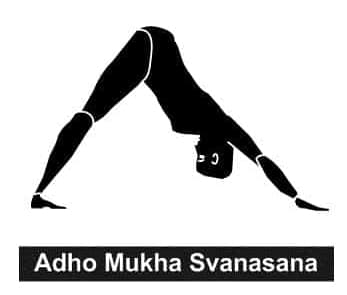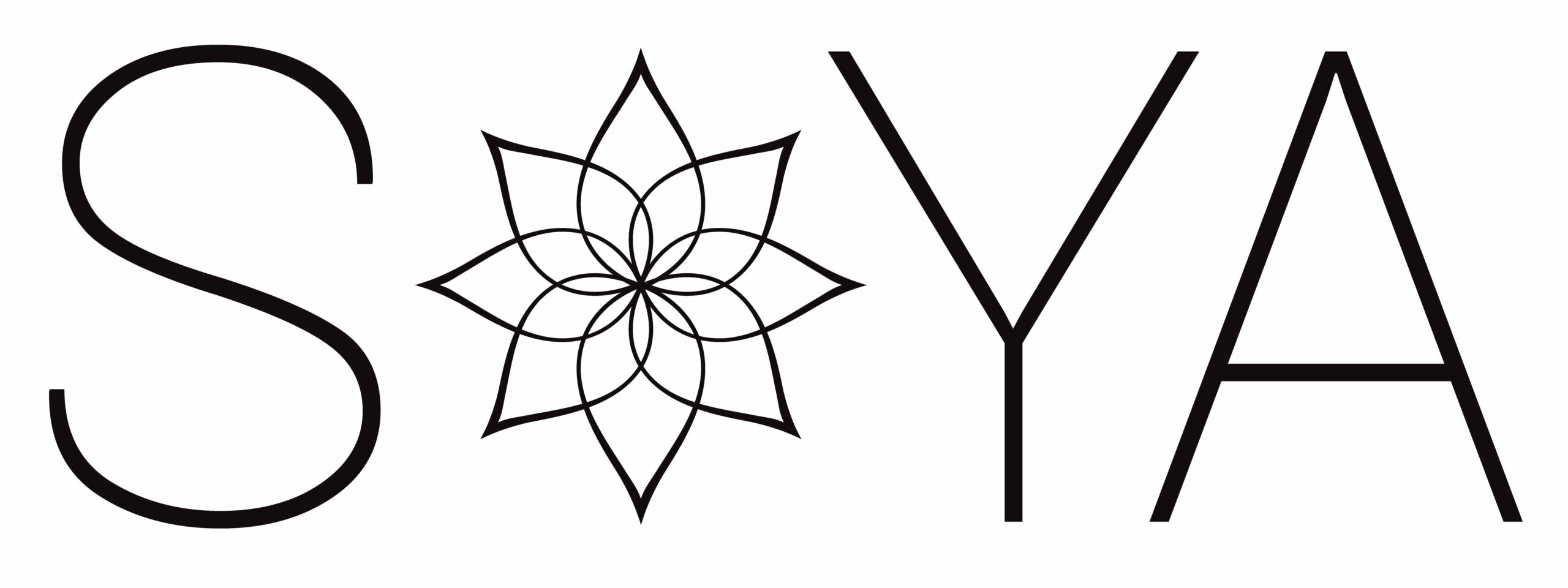Vasishthasana: Name of Sage Pose
Most yoga poses seem to be named after an animal, reptile, tree, or something that resembles and gives essence to the pose. Like a tree reflects stability, strength, and solid growth. However there are several yoga poses that have a Sanskrit name that gets translated as “name of sage pose.” When we see this, we know the pose is named in honour of some great sage who contributed greatly to the path of yoga, and therefore it is worth the time to investigate who that particular sage is.
In this case, the sage is Vasishtha, who is one of the 7 great Rishis or Sages of India. He is credited as the author of a portion of the Rig Veda. The Vedas are the oldest known Hindu texts, so he must have been a pretty wise person.
Vasishthasana (Vah-seesh-tah-sah-nah) is sometimes called the “side plank” pose. That too resembles stability, assuredness and strength, which one would need to be if they were considered a sage. Here we will explore three different forms of Vasishthasana. The full pose is not always accessible to everyone so there will be a modification. On the other hand, sometimes a person’s strength and flexibility can allow them to go deeper, so there is a more challenging variation. Always work within your personal capacity at the given time you are practicing.

1) Ardha Vasishthasana (Half Name of Sage Pose)
Starting in Adho Mukha Svanasana (Downward Facing Dog) ground firmly press the hands into the mat. Push the floor away as you draw your hips back and your heels toward the floor. Roll your shoulders back and slide your shoulder blades down the back. Feel strength and stability in the arms.
Firmly root into your right hand (or forearm if you have wrist concerns) and bring your left leg half way up your mat. Turn that foot out to the side and roll open onto your right hand.

Ground into the side of the right foot and continue to root into that right hand. Engage your core strength to hold the body in a straight line.
If it’s available to you, raise your left hand toward the ceiling, opening the chest. Stack left shoulder above right shoulder.
Gaze up to the left hand. Breathe smoothly while holding the pose for 5-10 breaths, according to your ability.
Lower the left hand to the floor and step back into the downward facing dog. Repeat on the opposite side, balancing on the left hand and leg. Then rest in balasana (child’s pose).
2) Purna Vasishthasana (Full Name of Sage Pose)

Starting in Adho Mukha Svanasana (Downward Facing Dog) as above.
Firmly root into your right hand. Roll over onto your right hand and the sides of both feet (the left foot stacked on top of the right foot). Continue to root into that right hand. Ground into the side of the right foot. Hold the legs together as one. Engage your core strength to hold the body in a straight line.
If it’s available to you, raise your left hand toward the ceiling, opening the chest. Stack left shoulder above right shoulder.
Gaze up to the left hand. Breathe smoothly while holding the pose for 5-10 breaths, according to your ability.
Lower the left hand to the floor as you roll over onto the toes. Press back into the downward facing dog. Repeat on the opposite side, balancing on the left hand and leg. Then rest in balasana (child’s pose).
2) Eka Pada Vasishthasana (One Leg Name of Sage Pose)

Starting in Adho Mukha Svanasana (Downward Facing Dog) as above.
Firmly root into your right hand. Roll over onto your right hand and the sides of both feet (the left foot stacked on top of the right foot).
Continue to root into that right hand. Ground into the side of the right foot. Hold the legs together as one. Bend both knees slightly, and with your left hand firmly grab the left foot at the arch. Gradually work toward straightening both legs. Engage your core strength to hold the body in a straight line.
Gaze up to the left hand and foot. Breathe smoothly while holding the pose for 5-10 breaths, according to your ability.
Release the left foot and slowly lower it to meet the right foot. Lower the left hand to the floor as you roll over onto the toes. Press back into the downward facing dog. Repeat with the opposite hand and leg. Then rest in balasana (child’s pose).
Benefits: Strengthens the arms, wrists and legs. Firms and tones the core muscles, particularly the obliques. Weight bearing exercise is excellent for bone density.
Precautions and Modifications:
For wrist or balance concerns, come onto the forearm for your supporting arm.
Shoulder issues might want to keep the upper hand on the waist instead of raising it into the air.
For neck concerns, do not look up at the upper hand. Keep your gaze looking straight ahead, or to the floor.
Submitted by Mugs McConnell, ERYT500, SOYA

Recent Comments